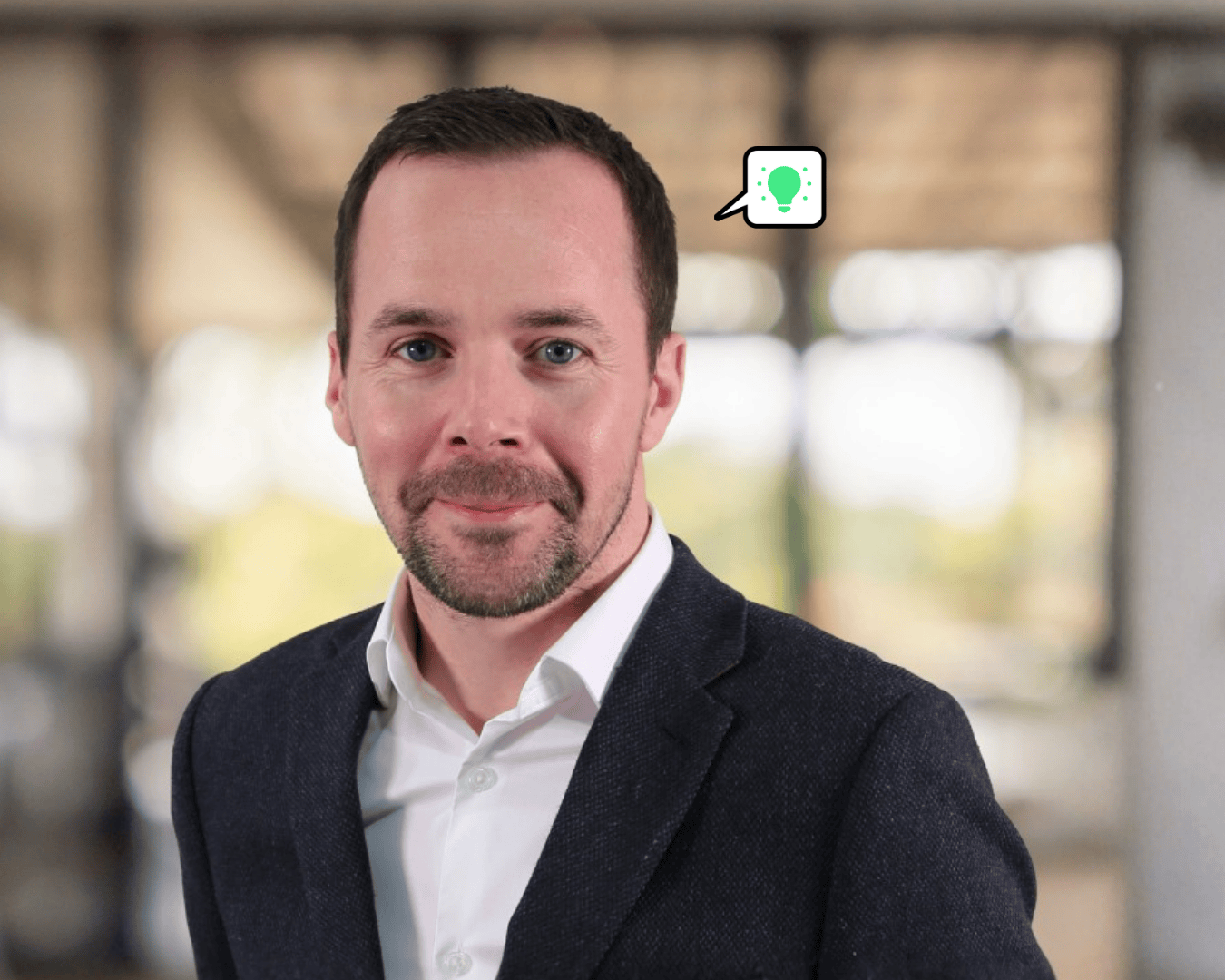The in-house versus agency argument has been going on almost as long as agencies have existed. And while it’s a more recent discussion, the question of whether you should run your employee advocacy programme in-house or outsource it to an agency is also up for debate.
But realistically, there are pros and cons to both.
And when one of your company values is ‘Be Real’, that’s what you do. So, here’s our (and by our, I mean my) honest take on which route may be better for you.
According to MarketingWeek’s 2024 Salary Survey, the split between respondents (over 3,000 marketers) is neck and neck; 45% are going it alone in-house and 46.2% are engaging an agency. This is a testament to the great work being done across the board and proof that both strategies deserve a seat at the table.
But what works for company A may not work for company B, and the key is understanding which approach best sets you and your company up for success.
This blog should (hopefully) equip you with the rationale you need to decide whether you should be pitching for agency budget or contacting your creative teams to get rolling.
Let’s start with the pros of running your employee advocacy programme in-house:
Cost
Let’s get right to it, shall we? The most obvious reason is, of course, budget.
Average marketing budgets have reached a near all-time low of 7.7% of total company revenue, a drop rivalled only by the 6.4% decrease in the year following Covid-19. With everyone needing to tighten their purse strings, you can imagine how challenging it is to carve out some of that budget to finance a marketing stream that many people still don’t entirely understand.
Communication
Internal initiatives take a lot of communication. A lot.
From raising awareness about your advocacy programme to selecting your participants, a lot of decisions need to be made about how your programme is going to run. And when the person you need to speak to is a desk away instead of an e-mail away, it’s no surprise that quicker communication is one of the big benefits of running things in-house. This is especially true where senior leadership is concerned and if they’re needed for final sign-off.
Brand familiarity
No one knows your brand better than those who live and breathe it every day.
And if you’re launching your employee advocacy programme to support a company initiative, such as a new employee value proposition (EVP), you’ll likely be driving very brand-specific language and messaging. Your people will know these better than anyone, they may even have helped write them, in which case their in-depth brand knowledge will be a huge help when bringing these to life through your programme.
All sounds pretty good, doesn’t it? But remember, that’s only one side of the coin.
Now let’s talk about the cons of running your employee advocacy programme in-house:
Resource
Time is money. And if you’re cost-saving financially, you’ll pay for it in hours worked.
The majority of employees simply don’t have the capacity to maintain an employee advocacy programme alongside their other responsibilities. Running a programme, let alone a successful one, takes a huge amount of resource, so much so that agencies have people exclusively employed to drive them. This is particularly handy when it comes to growing your advocacy efforts, adding multiple cohorts, and taking your programme global. Agencies are specifically designed with the infrastructure and processes to build, whereas scaling is often cited as one of the biggest challenges for in-house teams. Definitely one to keep in mind if you’re after world advocacy domination (or similar).
Expertise
Because sometimes, it really is about what you know.
Employee advocacy demands a lot of knowledge: social media, personal branding, employer branding, community engagement—the list goes on. And depending on your team’s breadth of experience, they may not be best placed to give your programme the highest chance of success. While there’s not necessarily a ‘correct’ way to run a programme, there are agencies with specific employee advocacy offerings which were designed with decades of industry experience.
Data-driven ROI
And last but not least, the numbers.
As with any marketing initiative supporting business objectives, you’re going to need to prove ROI. And when it comes to social metrics for personal posts, it’s tricky business. Typically these numbers need to be manually scraped, which means a lot of time and effort. Depending on your team’s ability to gather the data necessary for impactful reporting, you risk hindering the potential for future programmes. On the other hand, agencies often have the technology and analytics or data teams necessary to gather and analyse these metrics, allowing them to demonstrate the influence your programme is having while making informed decisions about how to optimise it. Learn more in 5 ways you can maximise employee advocacy.
So, what’s the verdict?
That’s entirely up to you. Both in-house and agency-led approaches come with their own set of advantages, but the best route depends on your goals, team structure, and the resource you’ve got to play with.
If you’ve got the time, tools, and talent internally, going in-house could be the right call. But if you’re looking for a plug-in partner who can help you scale, bring specialist knowledge, and prove impact, agency support might just be your new best friend.
Whatever you decide, we’re rooting for you and your employee advocacy programme.
Join Wise Words for a weekly 60-second expert video sent straight to your phone. No noise, no sales, just quick wins you can use.




